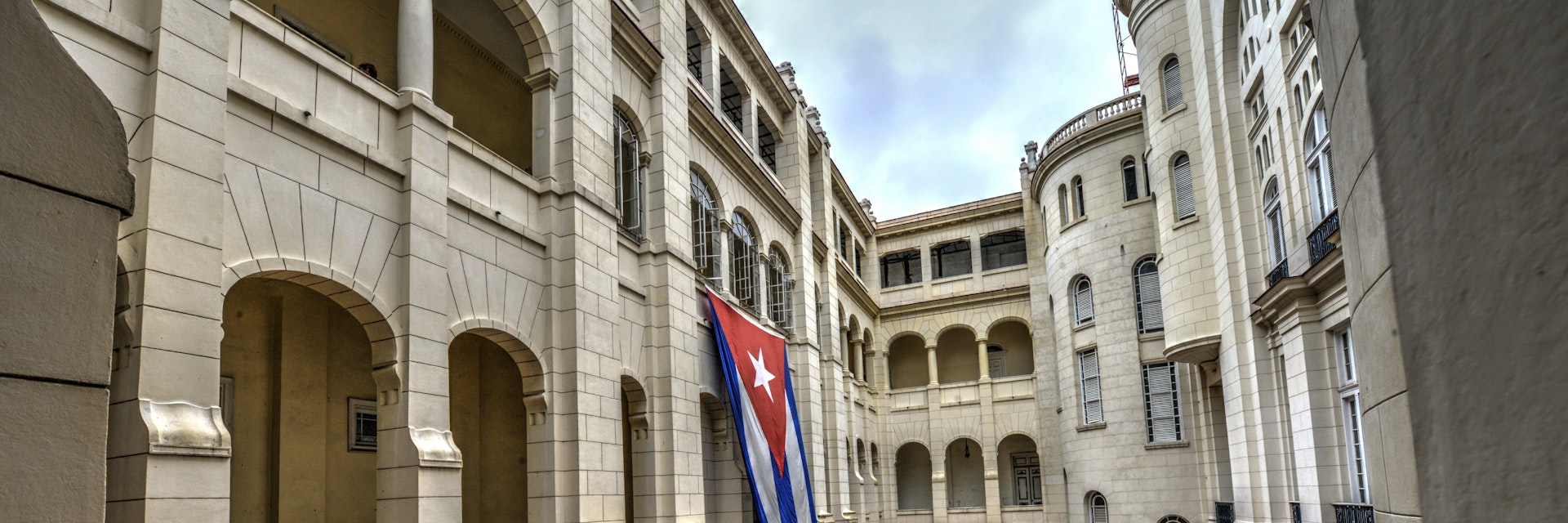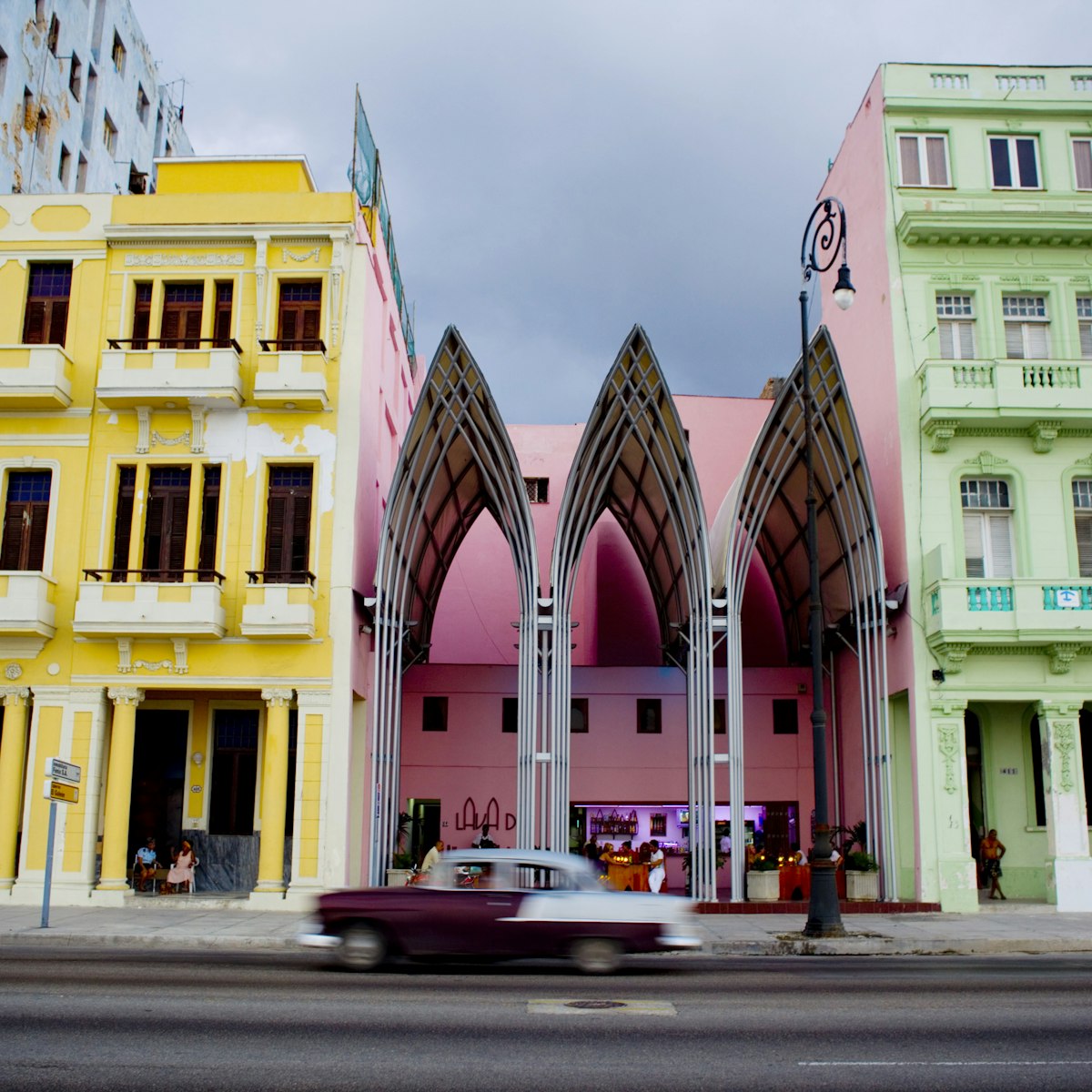This emblematic museum is set in the former Presidential Palace, constructed between 1913 and 1920 and used by a string of Cuban presidents, culminating in Fulgencio Batista. The world-famous Tiffany's of New York decorated the interior, and the shimmering Salón de los Espejos (Hall of Mirrors) was designed to resemble the eponymous room at the Palace of Versailles.
The museum, designed primarily to help Cubans understand their own history, descends chronologically from the top floor, focusing on the events leading up to, during and immediately after the Cuban Revolution. It presents a sometimes scruffy but always compelling story, told in English and Spanish, and tinted with mucho propaganda.
The palace's sweeping central staircase, guarded by a bust of José Martí, still retains the bullet holes made during an unsuccessful attack in March 1957 by a revolutionary student group intent on assassinating Batista.
The stairs take you up to the 2nd floor and several important exhibit-free rooms, including the Salón Dorado (decorated in Louis XVI style and once used for banquets), the Despacho Presidencial (President's Office, where Fidel Castro was sworn in in 1959) and the capilla (chapel, with a Tiffany chandelier).
In front of the building is a fragment of the former city wall, as well as an SAU-100 tank used by Castro during the 1961 Bay of Pigs battle. In the space behind you'll find the Pavillón Granma, containing a replica of the 18m yacht that carried Castro and 81 other revolutionaries from Tuxpán, Mexico, to Cuba in December 1956. The boat is encased in glass and guarded 24/7, presumably to stop anyone from breaking in and sailing off to Florida in it. The pavilion is surrounded by other vehicles associated with the revolution, including planes, rockets and an old postal van that was used as a getaway car during the 1957 attack.







